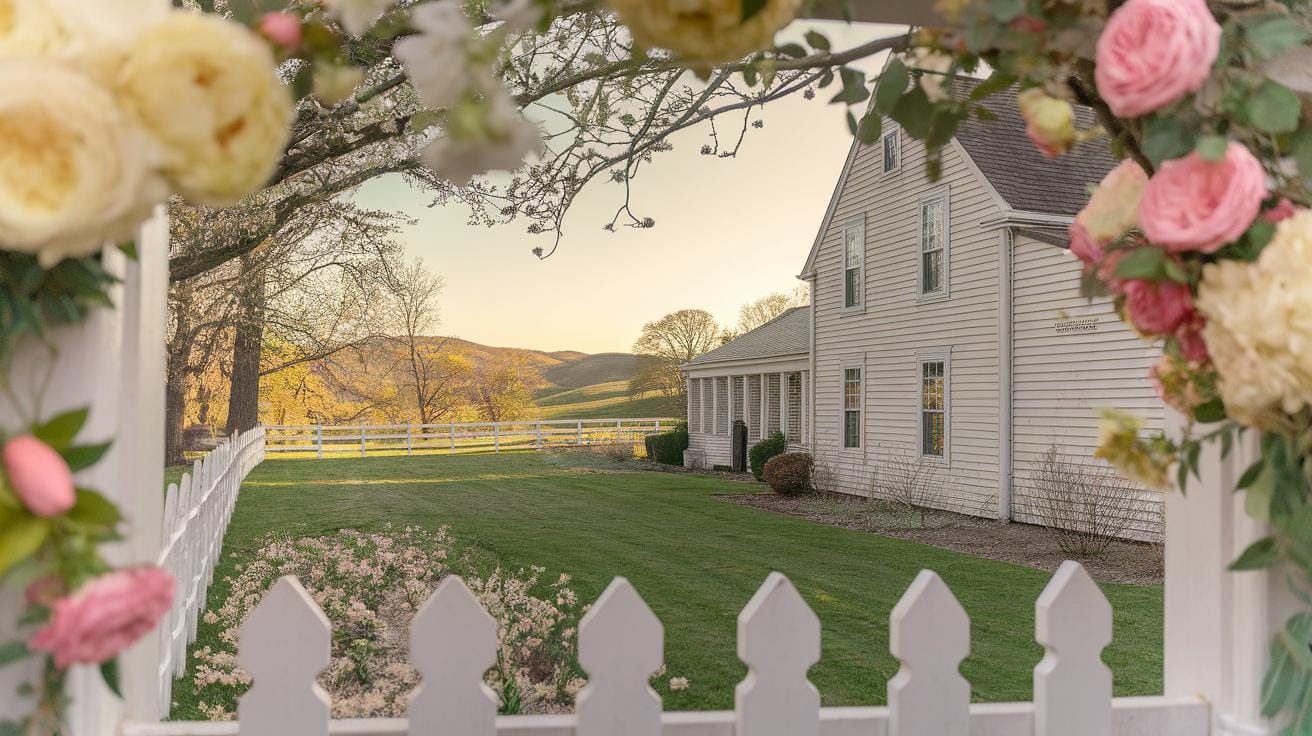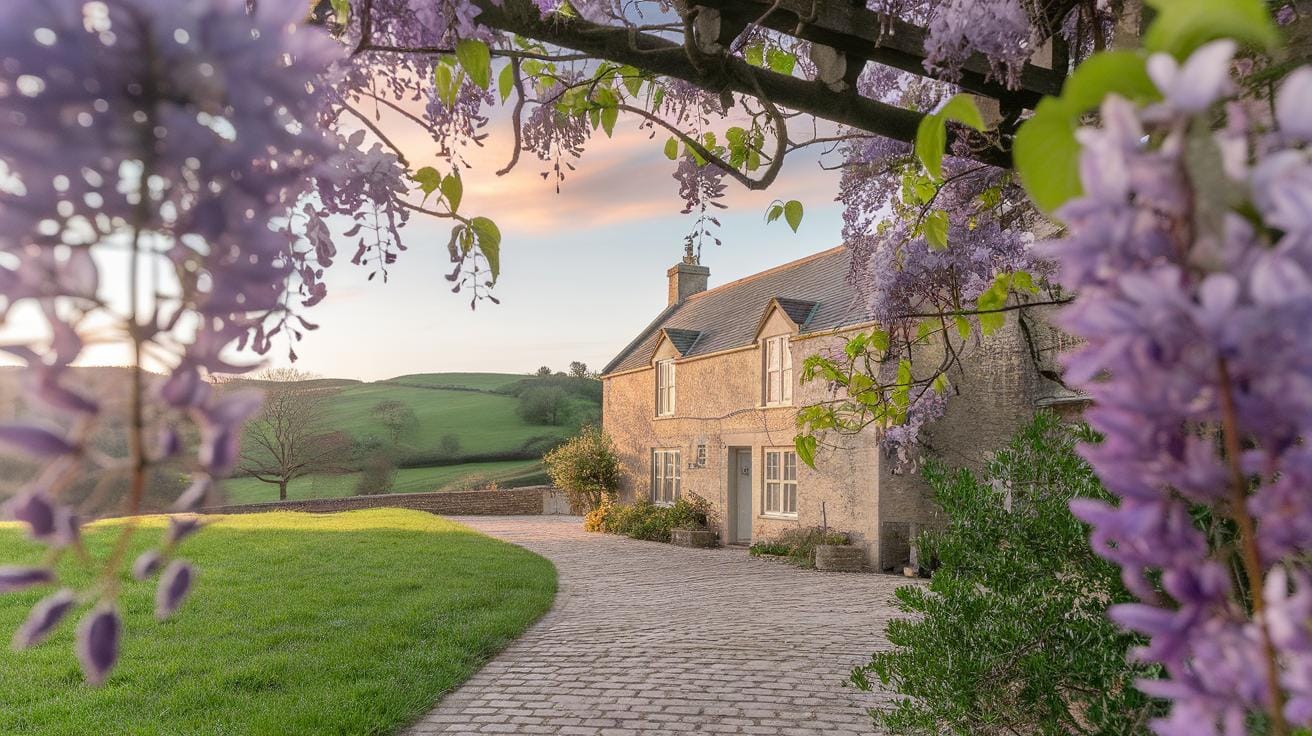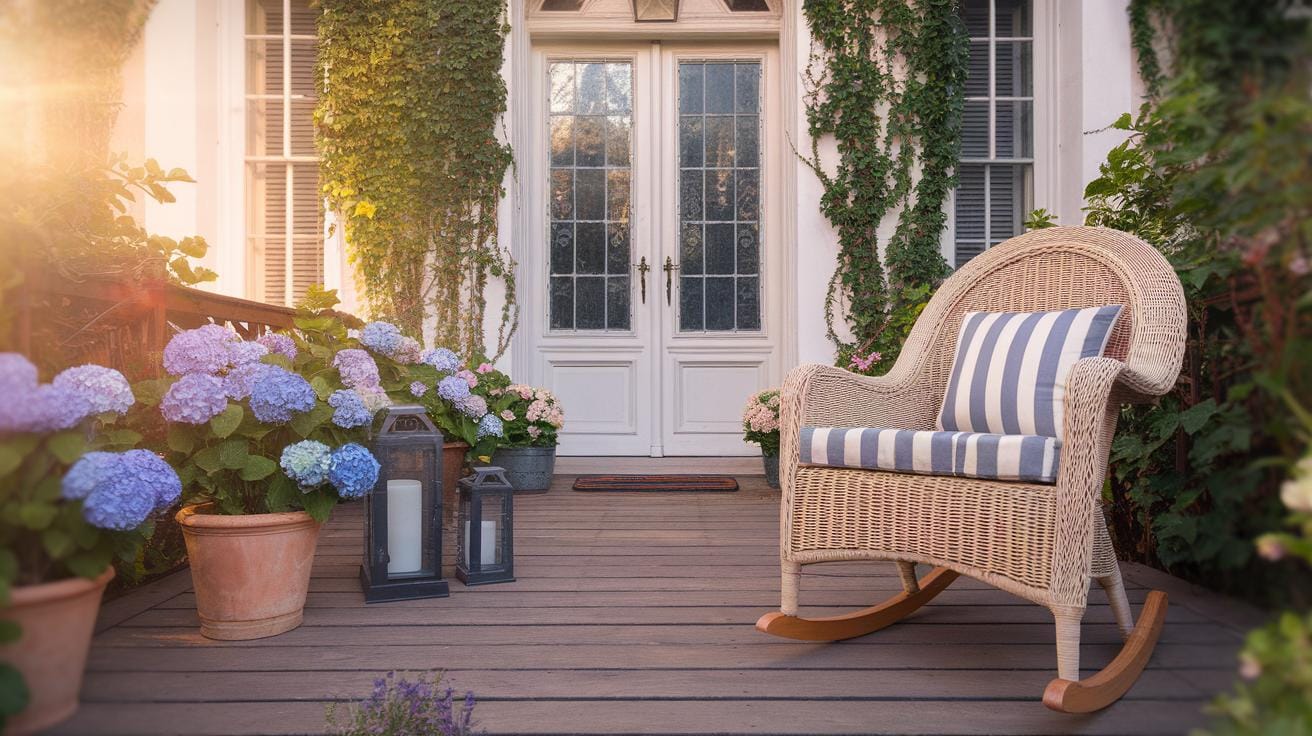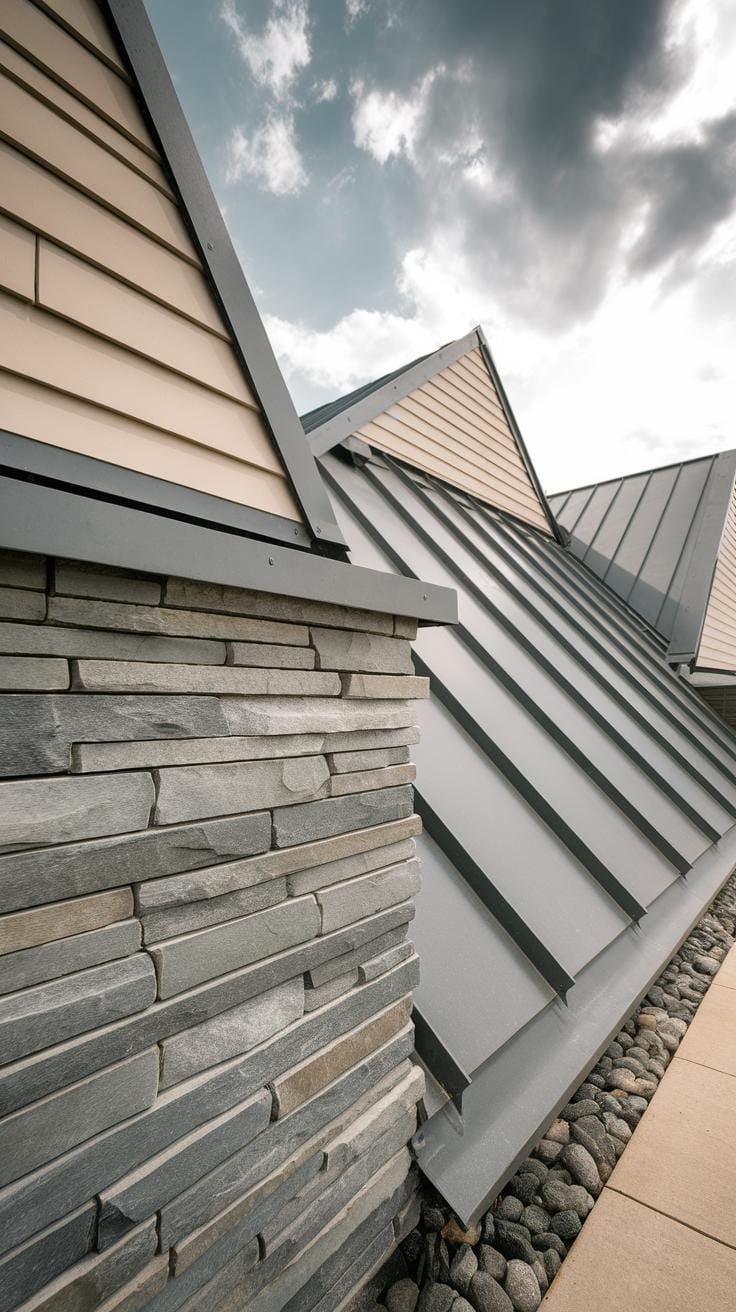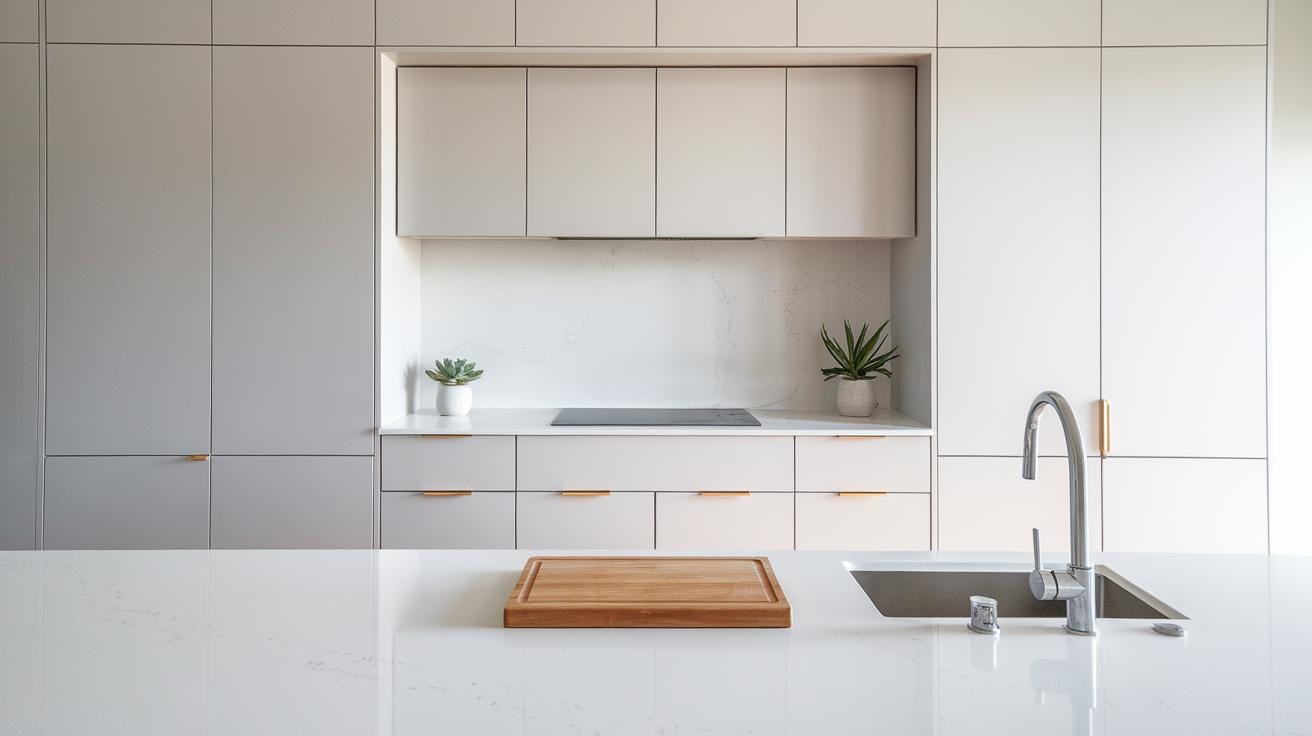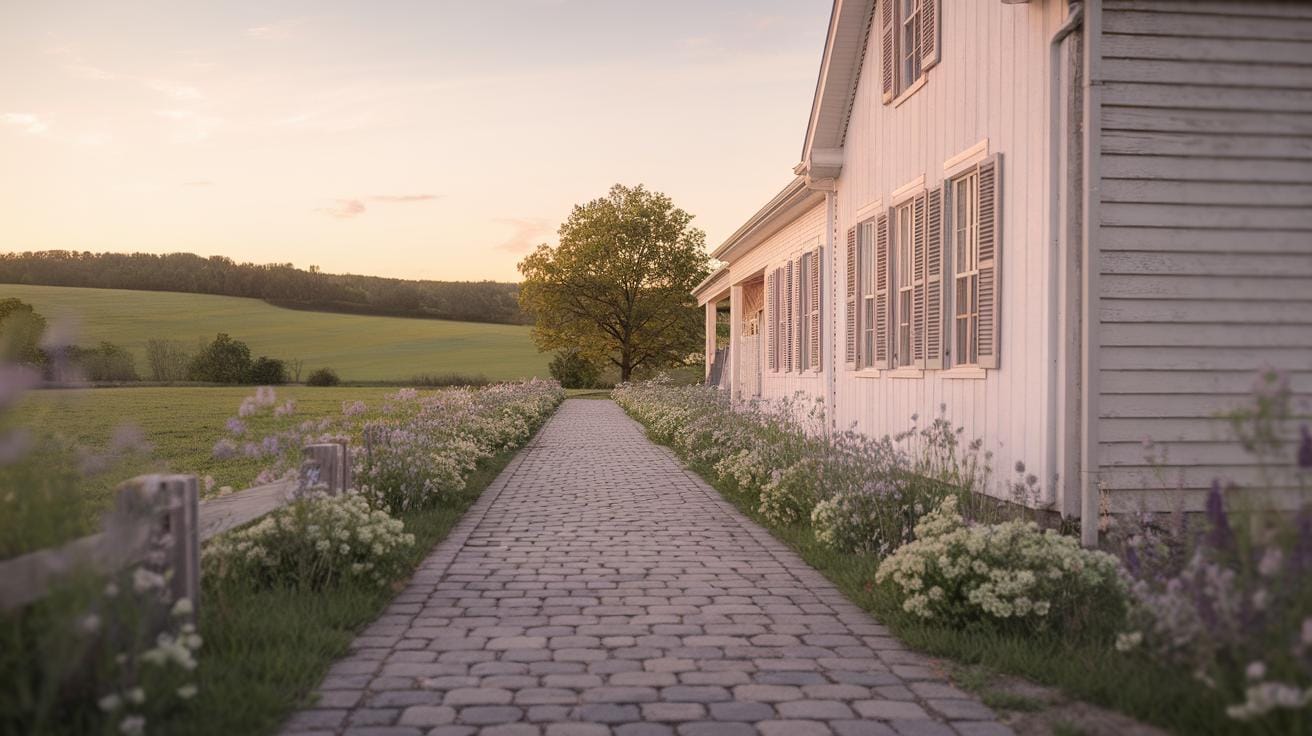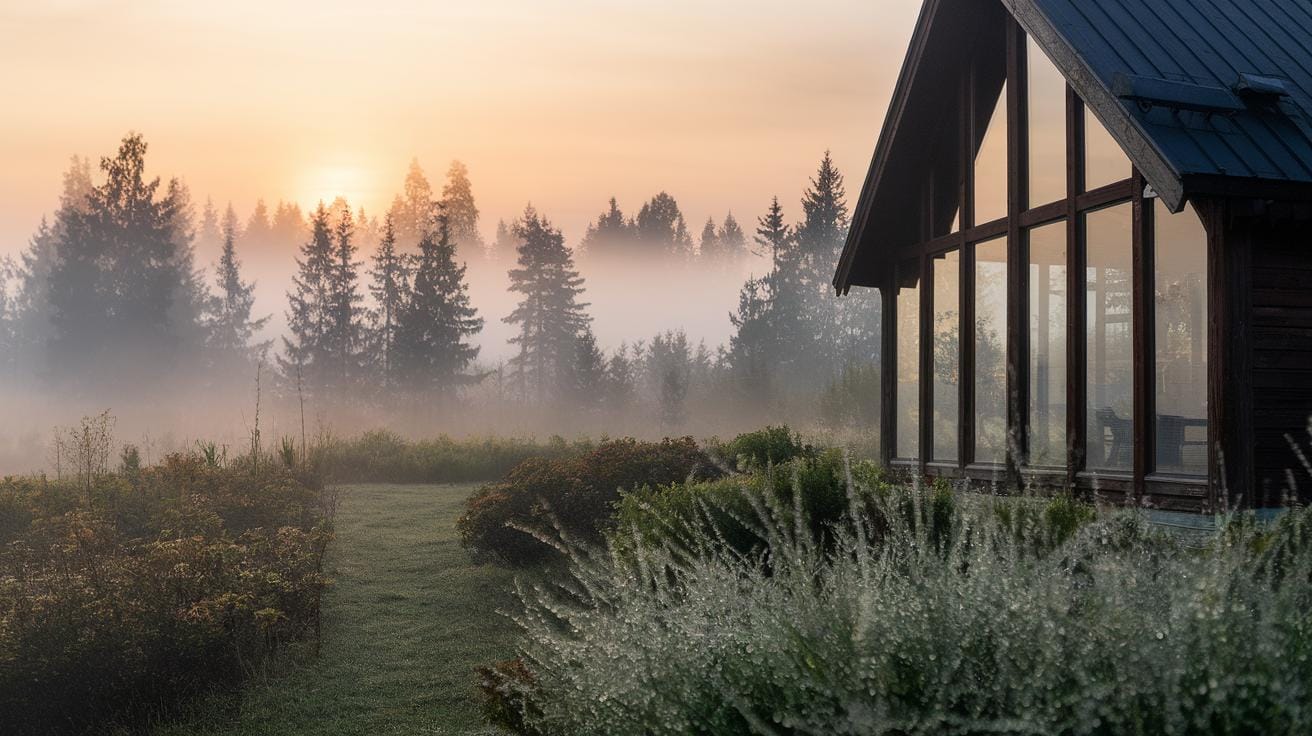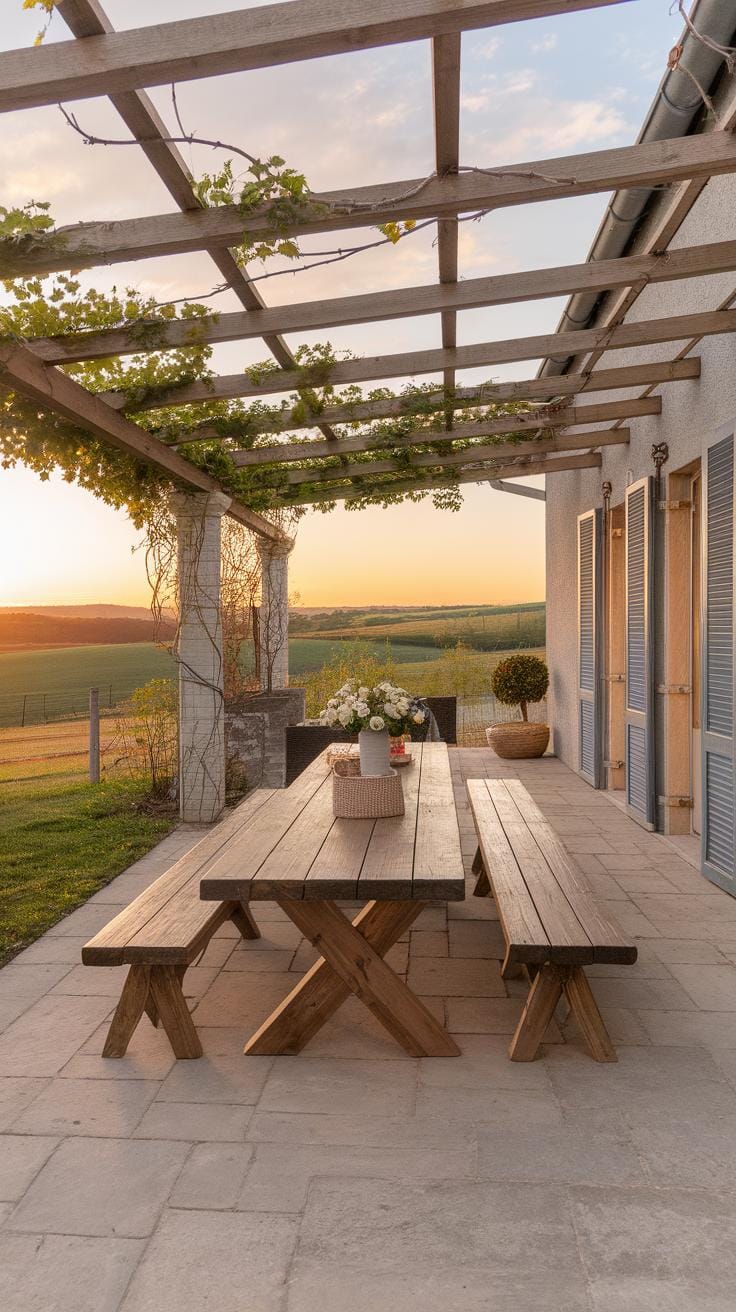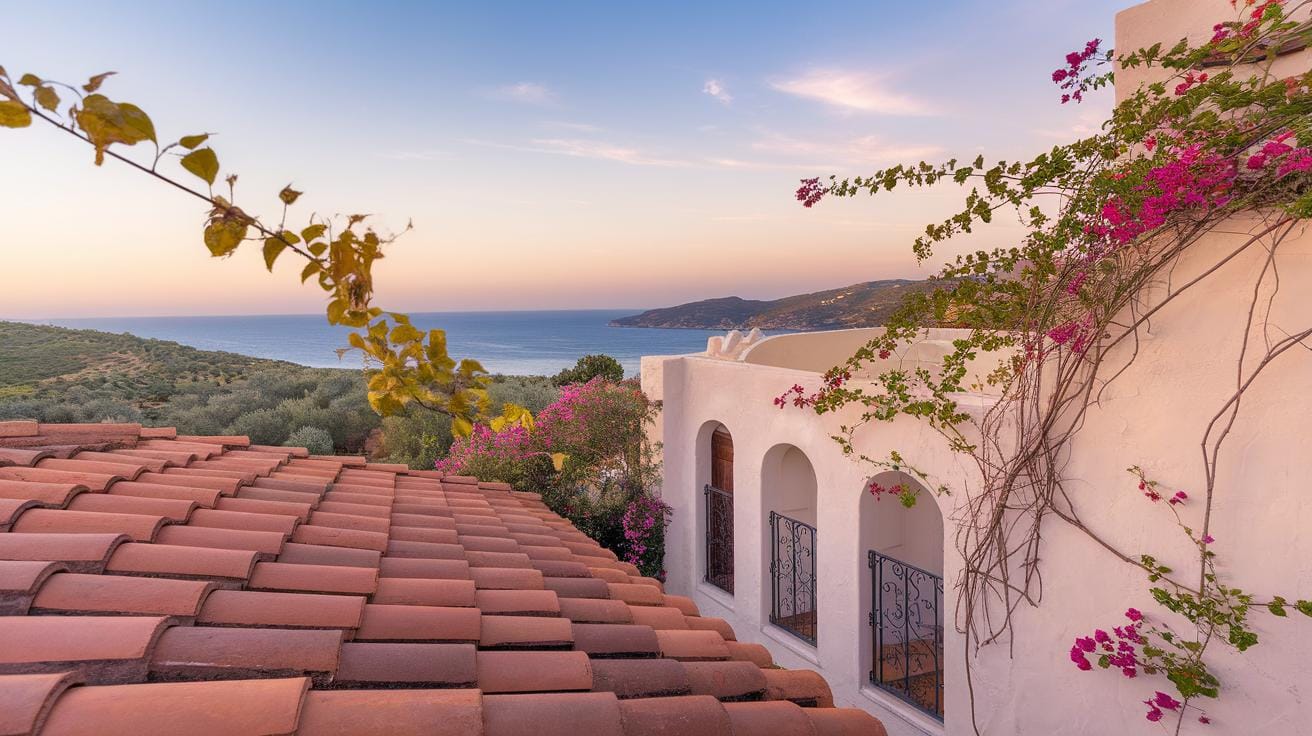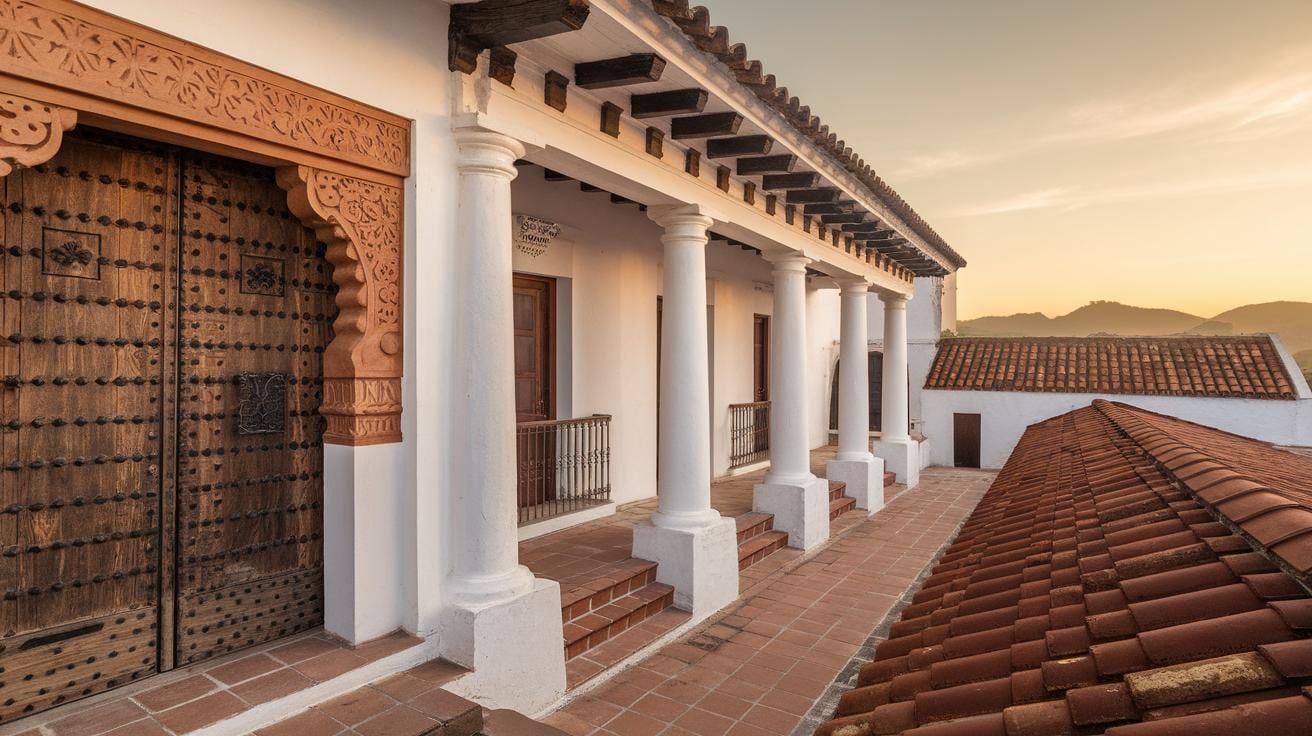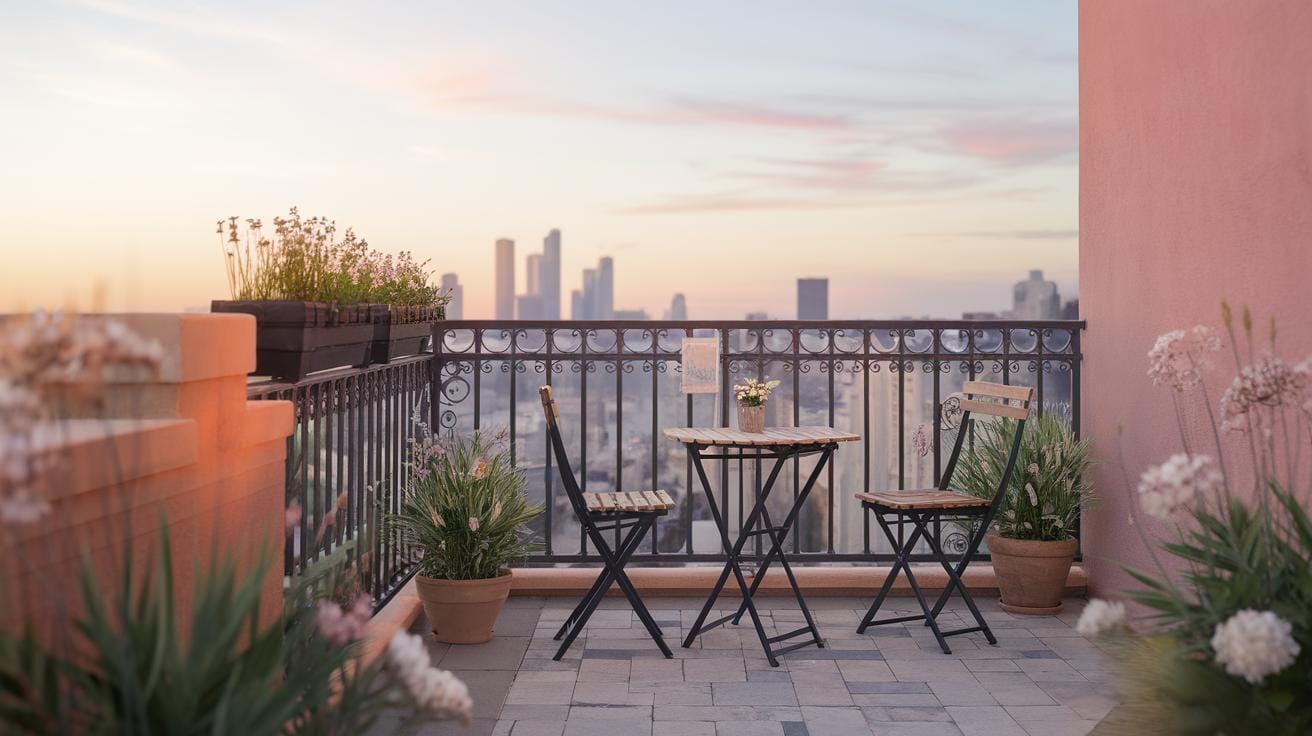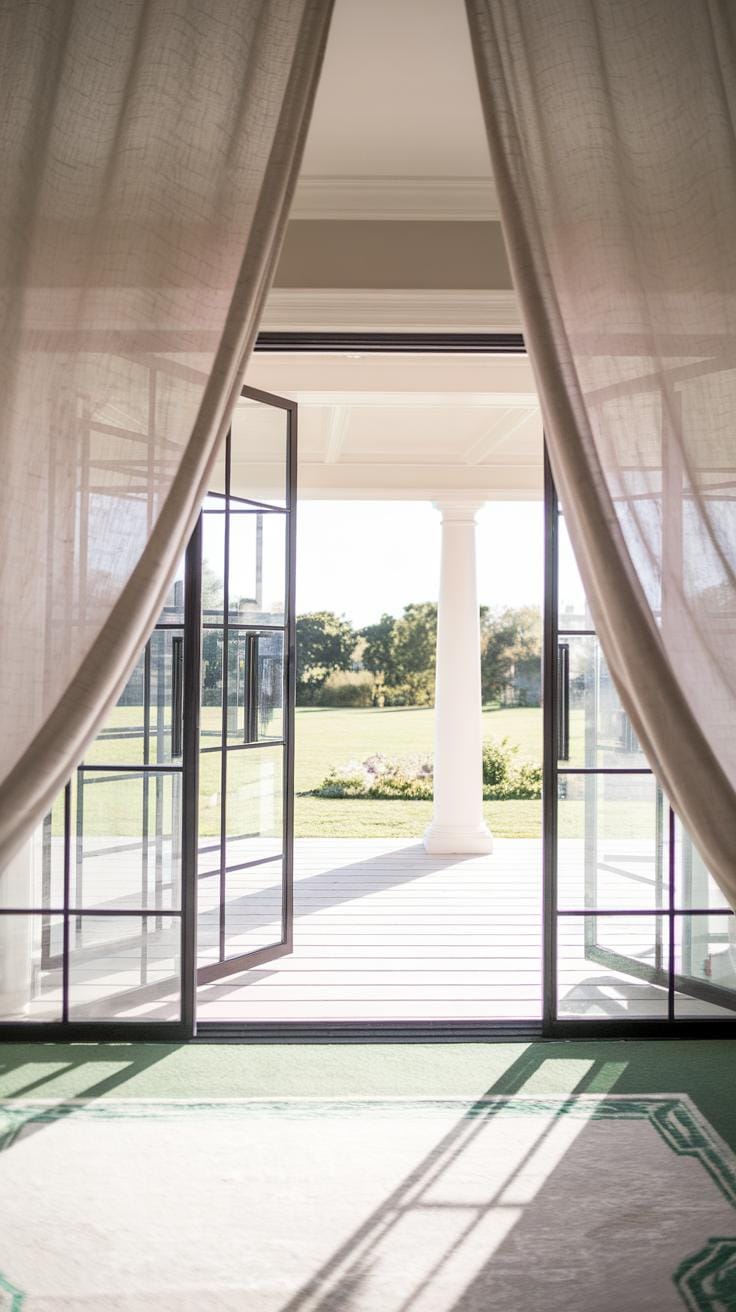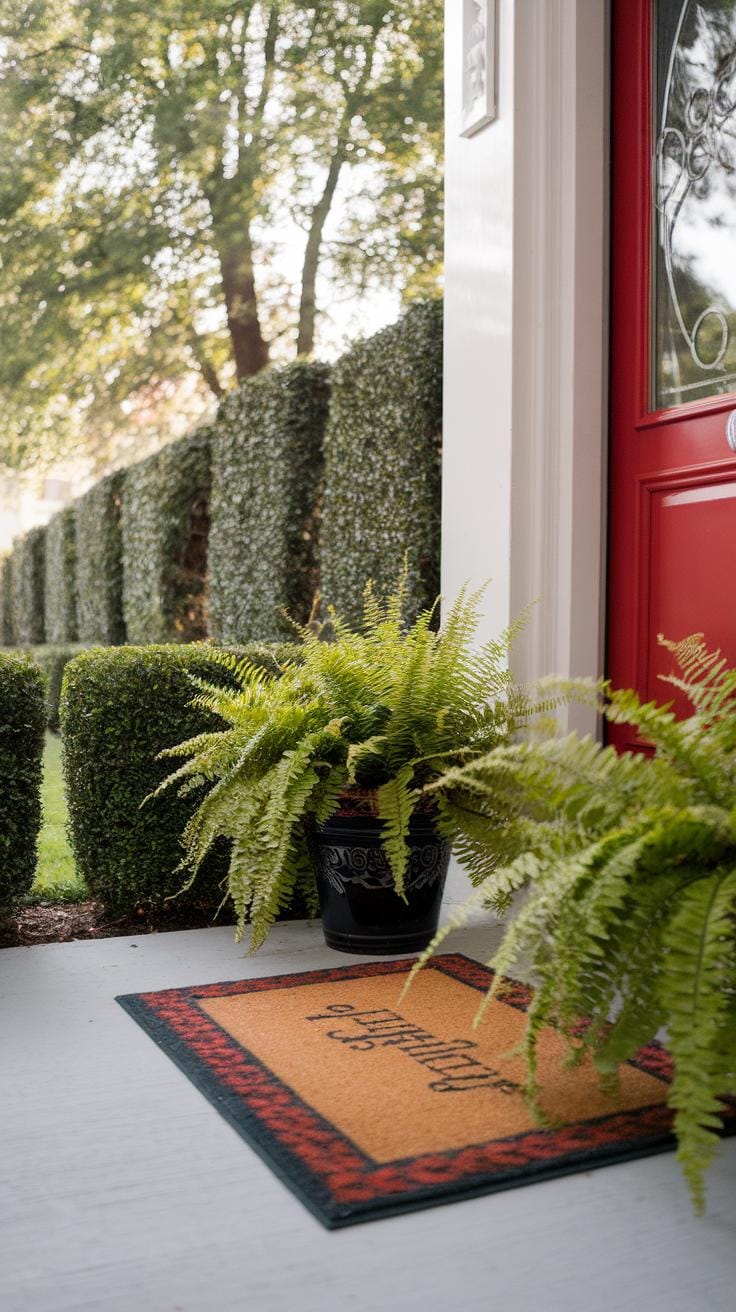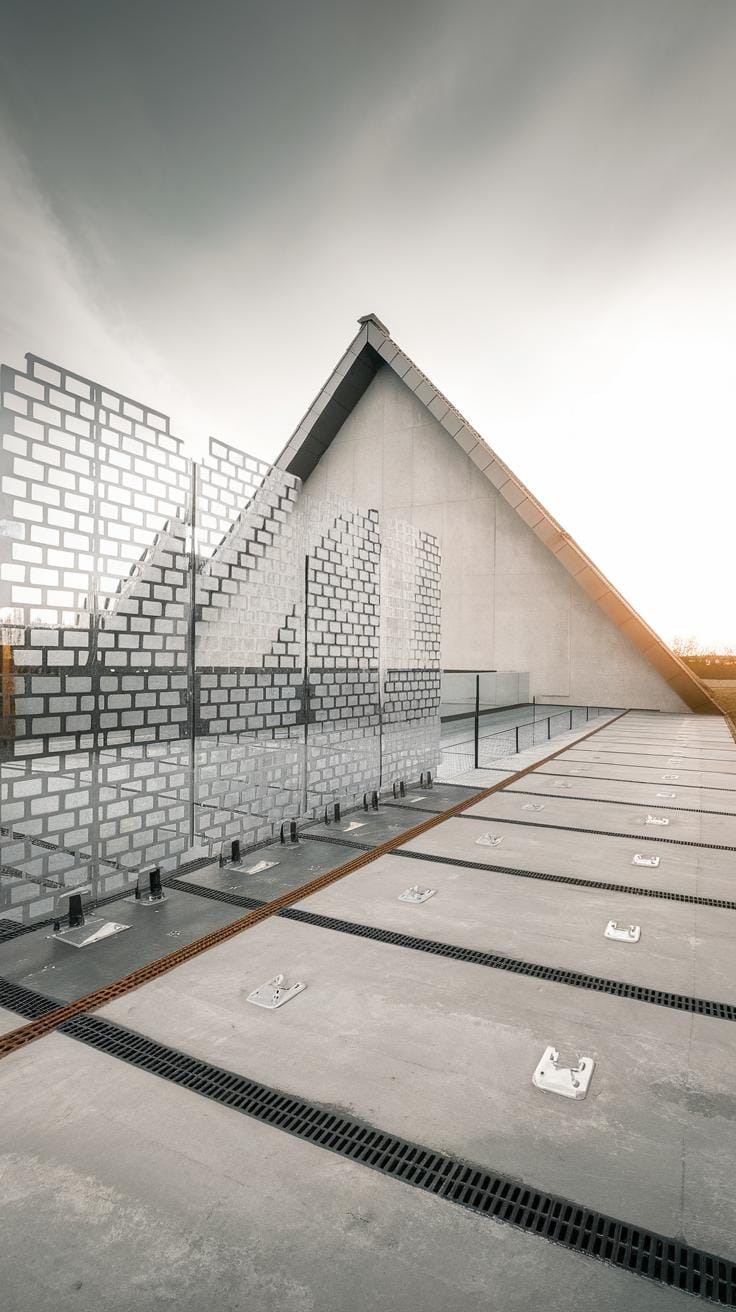Introduction
Farmhouse exteriors reflect a unique blend of simplicity, comfort, and nature-inspired aesthetics. These homes often serve as more than just shelters; they represent a lifestyle that values connection to the land and timeless design principles. When exploring farmhouse exterior design, you can find ideas that blend traditional elements with modern needs. Knowing the key features that define this style helps you craft an exterior that welcomes you home each day.
Every farmhouse exterior tells a story through its materials, colors, and structural lines. Practicality often guides design decisions, but adding personal touches keeps your space unique. How can you merge the classic elements with current trends and technologies? This article breaks down the essential tips for designing a farmhouse exterior that will stand the test of time while giving you comfort and curb appeal.
Understanding Farmhouse Exterior Characteristics
The farmhouse exterior is known for its simple, practical design focused on durability and comfort. Traditional farmhouses often feature natural materials like wood and stone. These materials age well and add texture to the home’s look. You can see how weathered wood siding or rough-cut stone creates a grounded, authentic feel that stays attractive over time.
The roof design plays a big role too. Farmhouses usually have steep, pitched roofs that help with snow and rain runoff. This shape also adds to the silhouette that many recognize as classic farmhouse style. Typical colors include whites, creams, grays, or soft earth tones. These shades highlight natural materials while blending with rural landscapes.
What makes farmhouse exteriors lasting? Their focus on function first, with an easy, welcoming look. The balance between form and function means these homes wear weather and trends well. Think about how your home’s look could stay relevant and practical for decades.
Key Structural Elements
Gabled roofs are a clear marker of farmhouses. These roofs feature two sloping sides meeting at a ridge, creating triangular end walls called gables. This shape works well for shedding rain and snow while offering attic space for storage or rooms.
Porches also define farmhouse exteriors. A wide, covered porch provides outdoor living space and shelter from the elements. It invites guests and offers a connection to the yard or farm.
The windows in a farmhouse tend to be simple and functional, often with divided panes. Double-hung windows are common, allowing fresh air without deep openings. You might see shutters or trim that add a subtle decorative touch without sacrificing practicality. How could these structural elements improve your home’s usability or curb appeal?
Material Choices and Colors
Wood is probably the most common material for farmhouse exteriors. It’s easy to work with and fits the rural vibe. Often, wood is left natural or painted white, gray, or muted tones. Look closely at wood siding types like board-and-batten, which adds vertical lines and texture.
Stone, especially fieldstone or limestone, appears around foundations or chimneys. Stone provides strength and visual weight, anchoring the design. Metal often appears on roofs or as accents. Galvanized steel or tin roofs, for example, last long and reflect heat.
Color choices support both style and function. White is classic because it keeps homes cooler and looks clean and fresh. Grays and tans blend well with nature and show less dirt. Think about how your color palette can protect your home while creating a timeless look.
Selecting Durable Materials for Longevity
Choosing the right materials for your farmhouse exterior impacts how well it stands up to weather and time. Your goal is to pick options that keep the home looking strong and attractive for years.
Think about materials that resist moisture, sun, and wind. These forces wear down surfaces quickly if the materials are weak or untreated. Durable materials save you time and money on repairs and maintenance.
Consider how materials age. Some develop character, like weathered wood, while others stay consistent, like brick or stone. What look do you want to maintain?
Choose materials that fit your climate. For example, in wet areas, avoid wood types that rot easily. In dry, sunny places, use finishes that block UV rays.
Ask yourself how much upkeep you can realistically handle. Maintenance is key to longevity, but some materials require less care than others.
Wood and Its Treatment
Wood offers warmth and charm to a farmhouse, but choosing the right type affects durability. Cedar and redwood resist decay and insects better than pine or fir, making them smart choices.
Protect wood with finishes that seal out moisture and block UV rays. You can use stain, paint, or clear sealers based on your style, but reapply these coatings regularly to keep wood healthy.
Maintenance involves inspecting for cracks, peeling, or rot each year. Sanding rough spots and fixing damage quickly prevents bigger problems.
Consider using engineered wood products that mimic real wood but resist warping and splitting. These require less upkeep but still deliver farmhouse appeal.
How do you balance beauty and durability in your choice of wood?
Stone and Brick Options
Stone and brick stand out as strong choices for farmhouse exteriors because they last through harsh weather without warping or rotting. Their weight adds a sturdy feel to your home’s look.
These materials resist fire, insects, and moisture damage better than wood. They also need little maintenance; occasional cleaning keeps them looking fresh.
Stone comes in many types, like limestone, granite, or slate. Each offers unique textures and colors to fit your farmhouse style. Brick adds a classic, rustic charm with the ability to customize patterns.
Stone and brick can be used fully or as accents around doors, windows, or foundations to increase durability where wear is greatest.
Which combination of stone or brick will give your farmhouse the balance of toughness and style you want?
Incorporating Functional Outdoor Spaces
Your farmhouse exterior benefits greatly from outdoor living areas like porches, patios, and verandas. These spaces extend your home’s usable area and offer a seamless connection to nature. Imagine sipping morning coffee on a wide porch or hosting dinners on a spacious patio. These areas encourage spending more time outside, which fits the farmhouse lifestyle.
Think about how often you will use these spaces and what activities you enjoy. Will you need room for a swing or outdoor dining? What about protection from sun or rain? Properly designed outdoor spaces enhance daily living and make your farmhouse appear welcoming and lived-in.
When these areas connect well with landscaping and the main house, they create a balanced look. They invite guests and family to gather outside, strengthening bonds through shared experiences around fire pits or under covered porches.
Designing a Practical Porch
Planning a porch begins with assessing how it fits your lifestyle and climate. If you live in a rainy area, a covered porch with drainage prevents muddy steps. For sunnier climates, include retractable awnings or ceiling fans for comfort. Consider the size you need—small porches give charm but larger ones create social hubs.
Choose materials that suit your farmhouse style and last through seasons. Wood suits traditional looks but requires upkeep, while composite materials reduce maintenance. Adding seating and lighting transforms the porch into a functional daily spot. What will you want your porch to do for you? A place to relax alone or entertain friends?
Landscaping Integration
Landscaping should match the farmhouse’s character but stay easy to maintain. Choose native plants that survive with little water and care. Use simple garden beds with grasses, herbs, or flowering perennials that bloom seasonally without extra effort.
Think about walkways and borders that guide visitors to your front door or porch. Gravel or stone paths give rustic charm and avoid lawn mowing in high-traffic areas. Plant shrubs or low trees to frame views without blocking windows.
Ask yourself, how much time will you spend on yard work? Can a balance of green space and hardscape create both beauty and practicality? This approach keeps your farmhouse exterior neat and inviting year-round.
Choosing Timeless Color Palettes
Pick paint colors that bring out the classic farmhouse feel. Avoid flashy or trendy hues that might seem fresh now but look outdated in a few years. Your goal is to create a look that stays appealing over time. Think about how colors work with your home’s materials and shape. Do the colors blend smoothly or clash with your roof, stone, or wood details? Choose shades that highlight your farmhouse’s personality without overwhelming it.
Neutral and earth tones often form the base of a timeless farmhouse exterior. These colors provide a calm, welcoming backdrop that ties into natural surroundings. What feelings do you want your home to inspire when someone approaches? Soft creams, warm beiges, muted grays, or gentle greens can all fit the farmhouse style nicely. These options also help other design elements stand out subtly.
Adding accent colors for doors, shutters, and trim can give your farmhouse distinctive character. Deep reds, navy blues, or forest greens add personality without overpowering the look. How can you use these accents in small doses to keep the design balanced? Consider which contrasts will complement your base colors and enhance architectural features. Accent colors should invite interest and warmth without becoming the main focus of the exterior.
Neutral and Earth Tones
Neutrals and earth tones create a strong foundation for a farmhouse exterior. Colors like soft white, taupe, sand, and sage green connect the home to the landscape. These shades do not compete with natural light or textures around your house. Many farmhouses keep the main body of the house in one of these tones to achieve simplicity and warmth.
One advantage is that these colors work well year-round. Your home will look fitting in sunny summer or quiet winter scenes. The subtle nature of these colors also means you won’t need to repaint frequently to keep up with changing trends. Ask yourself if you want your home to blend gently into its surroundings or stand out sharply. Earth tones usually help your house feel part of the land.
Accent Colors
Use accent colors thoughtfully to bring life to your farmhouse design. Doors and shutters offer perfect spots for bold but tasteful color choices. Deep hunter green, barn red, or a muted navy blue are frequently seen on classic farmhouses. These shades create a welcoming focal point without distracting from the overall design.
The trick is balance. Too many strong colors can clutter the look. A single brightly painted door or a pair of shutters in a vibrant tone draws attention in the right way. You might even match accents to your porch furniture or planters for visual harmony. When selecting accents, ask how the colors will age and whether they keep the farmhouse spirit alive.
Maximizing Natural Light and Ventilation
Your farmhouse’s exterior design plays a key role in inviting light and fresh air inside while keeping its timeless charm intact. Thoughtful window and door choices can make your home feel bright, airy, and energy-efficient. Look for windows that not only offer a clear view but also open easily to promote cross-ventilation. Position windows to catch prevailing breezes, helping to cool the interior naturally without overusing air conditioning. Pair these with doors that encourage airflow, such as screen or Dutch doors, which allow air to move freely while maintaining privacy and security. Consider how each opening affects your farmhouse’s façade—choose styles that reflect traditional forms while using modern materials to improve insulation. How can you use window and door placement to enhance comfort and reduce energy use in your home?
Window Styles That Work Well
Farmhouse exteriors typically feature double-hung and casement windows. Double-hung windows let you open both the top and bottom sashes, creating airflow patterns that draw fresh air in and push stale air out. Casement windows open outward like shutters, catching side breezes effectively. Both styles suit the farmhouse look with their clean lines and grid patterns. Another popular choice is the fixed picture window, which lets in light without compromising insulation. When selecting windows, balance traditional designs with energy-saving glass and weather stripping to keep your farmhouse comfortable year-round. Think about how each window will function in your climate and how it complements your home’s personality.
Door Placement and Design
Door choices affect your farmhouse’s curb appeal and ventilation. Front doors with windows or sidelights bring in extra light and create a welcoming entry. Placing doors across from windows or in cross points of airflow enhances natural ventilation, reducing reliance on fans or AC. Consider Dutch doors on back or side entries; they allow air circulation while keeping children or pets safe. Sliding barn doors on porches or patios provide large openings for fresh air and connect indoor and outdoor spaces. Position your doors to support movement and breezes without sacrificing privacy. How can door placement make your farmhouse more inviting and livable?
Balancing Tradition with Modern Features
Blending classic farmhouse looks with modern updates creates a home that feels both timeless and practical. Using traditional shapes, simple lines, and neutral colors keeps the farmhouse charm alive. At the same time, smart choices in materials and features add value and ease to your daily life.
Choosing durable siding like fiber cement or engineered wood offers longevity without sacrificing the rustic appearance. These modern materials resist weather and pests better than old wood siding. You can pair them with metal roofs that mimic traditional tin barns but last much longer and need less upkeep.
Have you thought about how technology can enhance your farmhouse’s curb appeal? Integrating smart lighting and security that stays true to farmhouse style keeps your home safe and welcoming. Energy-efficient windows and solar panels can work in the background, preserving charm while cutting costs.
Using Modern Materials Wisely
When selecting materials for your farmhouse exterior, durability and style should balance. Fiber cement siding can mimic wood grain and comes in muted colors fitting farmhouse palettes. Engineered wood products resist warping and require less paint.
Metal roofing works well for traditional farmhouses, offering a clean look that shines subtly in sunlight. Brick or stone accents can add texture and strength without overpowering the simple design.
These choices lower maintenance chores and extend your home’s lifespan. How could a low-maintenance exterior free up your time for other projects or relaxation?
Technology in Exterior Design
Smart lighting systems can highlight your farmhouse’s hero features at night without harsh brightness. Motion sensors and warm LED bulbs create a cozy, secure atmosphere along porches and pathways.
Consider wireless security cameras with discreet designs that blend into trim or eaves. These give peace of mind without disrupting the aesthetic. Solar-powered lights and energy-efficient fixtures help manage utility bills while fitting classic looks.
Have you explored how smart tech can work quietly behind the scenes to keep your farmhouse comfortable and safe?
Maintaining Your Farmhouse Exterior
Keeping your farmhouse exterior fresh requires steady attention throughout the year. Regular upkeep prevents small issues from turning into costly repairs and keeps the charm intact. Cleaning siding and gutters every few months removes dirt and debris that cause damage over time. Checking paint for chips or fading lets you spot areas needing touch-ups early.
Do you inspect your farmhouse after storms or heavy winds? This simple habit helps catch damage before it worsens. Wooden trim and porches benefit from sealing or repainting every few years to block moisture and wood rot. If you live where winters are harsh, removing snow buildup quickly protects siding and roofs, extending their life.
Maintaining your farmhouse exterior means balancing protection and appearance. The goal is to ensure durability without losing the farmhouse’s welcoming look. Are you ready to make upkeep part of your routine to keep that timeless appeal for years?
Seasonal Maintenance Tips
Spring calls for thorough cleaning of gutters and downspouts. Clear clogged drains to avoid water damage during rainy months.
Summer is a great time to inspect and repaint areas showing wear from sun exposure. Check for cracks in siding or foundations that might expand in heat.
Fall needs roof inspections to find loose shingles or debris and clean leaves blocking ventilation. Trim back overgrown plants to prevent damage to siding and paint.
Winter upkeep focuses on snow and ice removal. Prevent ice dams on roofs and clear snow away from vents and doors to stop moisture buildup and drafts.
Following these tasks seasonal prevents sweep repairs and keeps your farmhouse exterior ready for any weather challenges.
Repair and Restoration
Addressing wear early saves your farmhouse materials and character. Peeling paint might signal moisture problems or wood decay that require immediate attention. Fix these by scraping, sanding, and repainting affected sections promptly.
Cracked wood trim or siding should be replaced or repaired before pests enter or damage spreads. Use materials that match original textures and colors to keep consistency.
If you find mildew or mold, clean with appropriate solutions and improve ventilation to avoid return. Sometimes, minor repairs like tightening loose boards or resealing windows make a big difference.
Do you know which issues need quick fixes and which might demand professional care? Learning this helps protect materials that define your farmhouse’s character and lengthens the lifespan of your exterior components.
Enhancing Curb Appeal with Simple Details
Small design choices can make a big difference on your farmhouse exterior without needing a full renovation. Think about lighting, hardware, and landscaping as simple tools to boost your home’s charm and function. How much attention do you give to your porch light or the door handles? These elements set the tone before anyone even steps inside.
Placing a few well-chosen plants near your entrance can create a welcoming feeling. Consider flowers or shrubs that suit your climate and complement the farmhouse style. Strategic placement of outdoor furniture or a rustic bench also adds warmth without major work.
Look at your existing elements closely. Could updating your mailbox, house numbers, or even paint on your shutters refresh the whole look? These small updates can keep the farmhouse feeling timeless and inviting. What simple change could you make today that would surprise you with its impact?
Exterior Lighting Options
Choosing exterior lighting for a farmhouse means finding styles that pair well with simple, sturdy architecture. Lantern-style wall sconces on either side of the front door fit nicely with farmhouse charm. Similarly, black metal or aged bronze finishes match wood and brick textures.
Think about how light spills across paths and steps. Placing lights near walkways or beneath eaves improves safety and highlights features without overpowering the look. Motion-activated lights are practical near back doors or driveways.
Ask yourself where guests’ eyes will naturally go when they approach. Placing a soft glow near the front porch or garage can guide visitors while showcasing your home’s best features. How can you light your home to feel both secure and inviting?
Hardware and Fixtures
Hardware choices like door handles, hinges, and shutters shape the farmhouse’s character. Simple iron or black hardware often provides a classic look. Round or lever handles with clean lines are easy choices that fit styles from rustic to modern farmhouse.
Shutters add personality—choose wood or composite with a matte or slightly weathered finish. They don’t just decorate but can balance window shapes and colors. Matching hardware between doors, gates, and shutters creates a consistent theme.
Consider swapping out dated fixtures for ones that blend function and style. Do your door handles match the gate latches? Are shutters fixed or operable? Small upgrades help keep the farmhouse feeling authentic and cohesive. Which fixture could you update that would tie your exterior together better?
Planning for Future Adaptability
Your farmhouse exterior should do more than just look good today. It needs to meet your needs tomorrow and beyond. Ask yourself what changes might come. Will your family grow, or will you want to add a workshop or guest quarters? Planning for future adaptability means designing an exterior that can shift with your life without losing its style.
Consider using modular elements like detachable porches or flexible siding materials. These allow you to make changes without major repairs. Keep your roofline and window shapes consistent so additions blend in seamlessly. A well-planned layout can save money and keep your farmhouse looking timeless.
Can your outdoor spaces change as your hobbies or lifestyle evolves? Thinking ahead helps create a home that stays practical and charming, no matter what the future holds.
Designing for Expansion
Create a farmhouse exterior that welcomes growth. Make sure walls and roofs are structured to support added rooms or second floors. Planning the initial build with expansion in mind keeps your design balanced.
Extra foundation space or easy-to-connect utility lines prepare your home for additions. Match new materials and colors with the original farmhouse style to maintain harmony. For example, if your farmhouse has board-and-batten siding, use the same on the new section.
What about outdoor features like covered walkways or decks? These can link new spaces smoothly. Planning smartly helps avoid awkward-looking add-ons that break the farmhouse feel.
Sustainable and Eco-Friendly Choices
Choosing sustainable materials protects your home and the land around it. Long-lasting wood treated without harmful chemicals preserves the classic farmhouse look while being safe for the environment.
Use energy-efficient windows and insulated siding to reduce heating and cooling costs. These choices keep your farmhouse comfortable and lower your carbon footprint over time. Think about sourcing local stone or reclaimed wood to add character and reduce waste.
Could rainwater harvesting or solar panels fit quietly into your farmhouse design? Small changes like these support long-term care for your property without altering its look.
Conclusions
Your farmhouse exterior can become a visual anchor for your property by focusing on what matters most: durability, charm, and clarity in design. Choosing materials that age well and maintain a natural look creates a cohesive and inviting home. Thoughtful landscaping and practical architectural features extend both functionality and aesthetics beyond the walls. Have you considered the details that give your home character, such as window styles or porch layouts?
Taking time to plan your farmhouse exterior design yields lasting satisfaction. Balancing tradition and your personal style well can yield a facade you appreciate for years. Will your choices reflect the farmhouse spirit by combining comfort and simplicity with efficient, attractive features? Design your home exterior to adapt through seasons and trends, keeping your farmhouse charming and comfortable for a lifetime.

